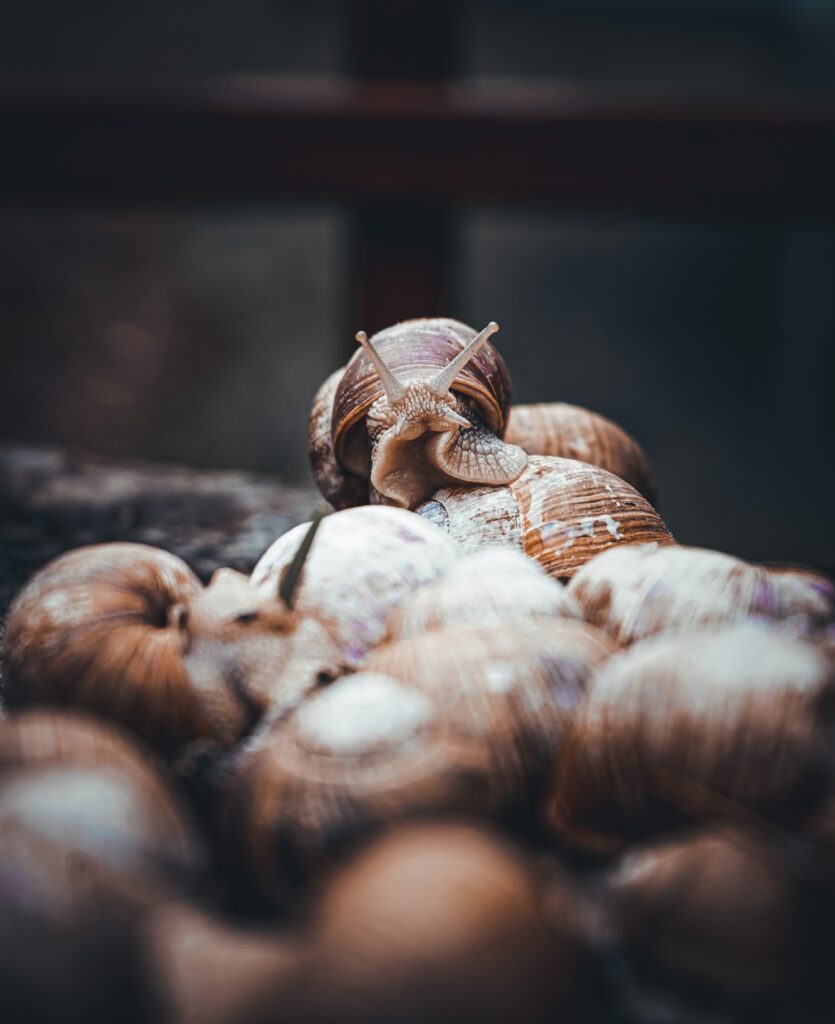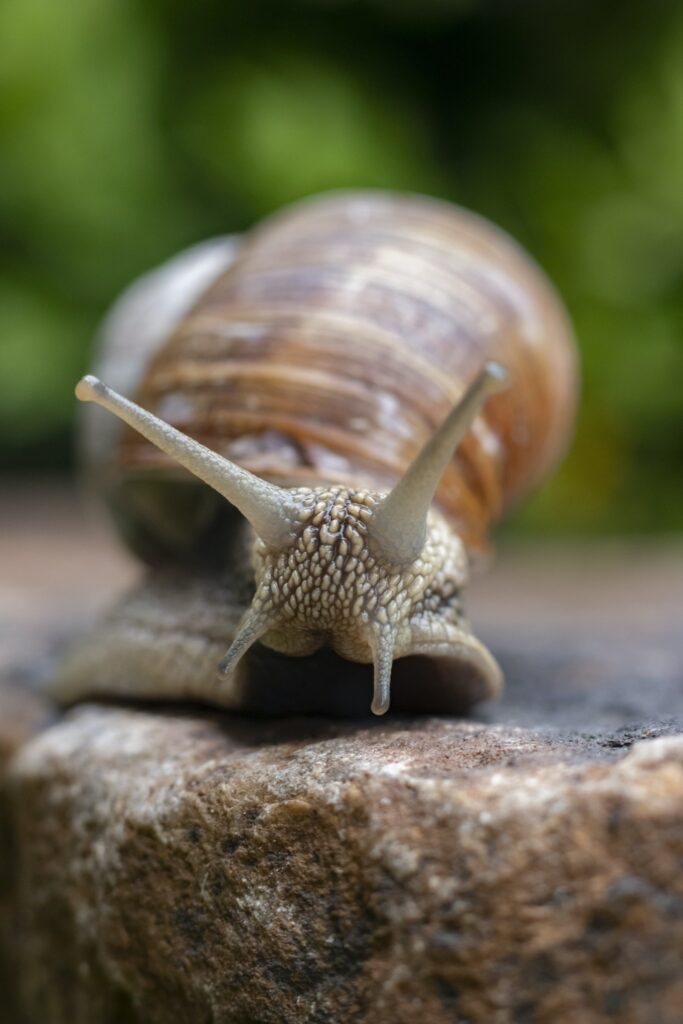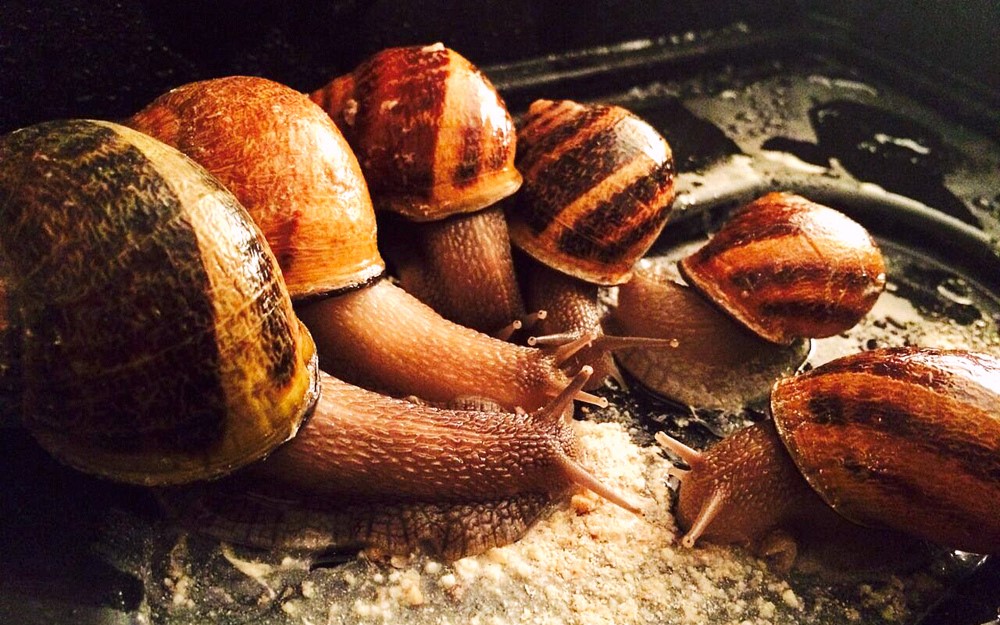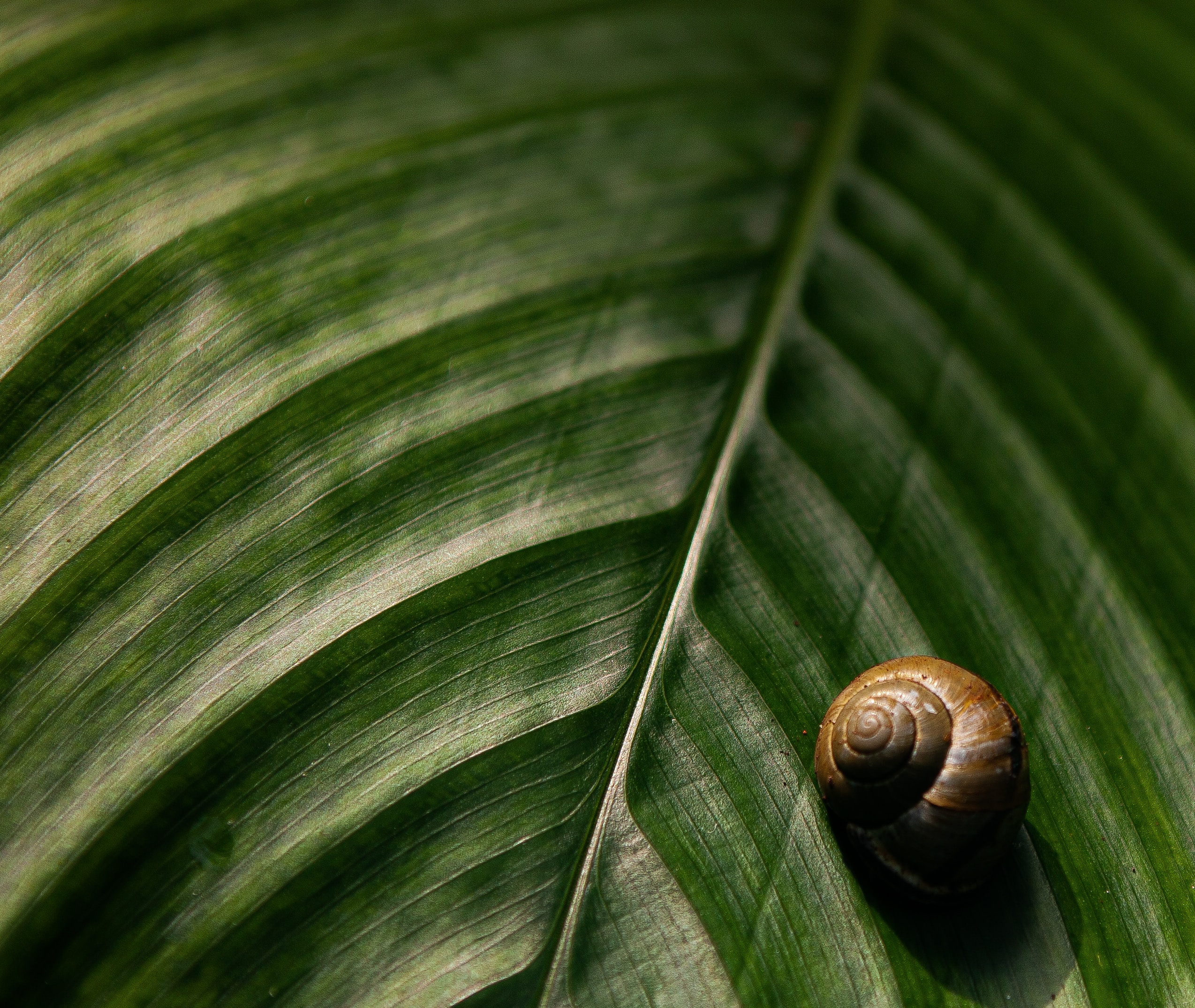Agricultural production systems are quite diverse and encompass a variety of interesting products and services. Some of these production systems seem unfathomable due to their rarity and lack of coverage, characteristics which keep agriculture all the more interesting. One of these production systems is heliciculture.
Heliciculture is the process of raising edible land snails for human consumption. The snails can also be utilised for medicinal purposes, in gastronomy, cosmetics or as food for reptiles. Escargot shells can be sold for decoration purposes and more recently snail eggs are being produced to enjoy as a type of caviar.
According to Rygało-Galewska, A, Zglińska, K, Niemiec, T (2022), although the beginnings of snail breeding go back to 50 BC in Rome, they gained popularity again only in the last century, on a large scale, thanks to the development of gastronomy. Snail farming has developed significantly in modern times due to the food safety aspects of acquiring wild individuals that bioaccumulate heavy metals in their tissues, including cadmium and lead, and toxic products of agricultural origin. Additionally, in snails raised on farms, fewer Escherichia coli, Enterococcus pp and Salmonella bacteria were detected.
According to estimates, in 2016, the consumption of snails in the world amounted to 43 000 tonnes, and the increase in consumption by 2025 is predicted at 50 000 tonnes. The largest meat consumption is recorded in Spain, Morocco, France, and Portugal. Morocco played a key role in the producer market in 2020 (15,6% of world exports), Lithuania 8,6% and Romania 7.5%. The largest importers of snails are France (25,3% of world imports), Spain (21,6%) and Romania (8,5%).
African countries involved in snail breeding include Nigeria, Tunisia, Algeria, Cape Verde, Equatorial Guinea, Ghana, Cameroon and South Africa, to mention only a few.

Heliciculture poses various production advantages. The snails are easy to breed and their breeding does need large amounts of capital to begin production as they reproduce very fast. Snails lay eggs in clutches which hatch in 28 to 33 days. The capital, technical, labour and financial inputs required for the systems is less than that required for instance in livestock production.
Heliciculture needs relatively little space for maintenance, both in the field and indoors. The snails emit very little greenhouse gases and pollutants into the environment, and are easy to incorporate into organic farming, which is a growing sector as healthier products are being sought after.
On the other hand, without expensive artificial means of climate control, snail farming is restricted to the humid tropical forest zone, which offers a constant temperature, high relative humidity, preferably no dry season, and a fairly constant day/night rhythm throughout the year.
Consumable meat makes up only 40% of the snail’s total live weight. Consequently, snail farming is not a way to make money quickly, as not all individuals eat snails. The snails also grow as slowly as they move.
One of the first steps in snail farming, is site selection. Snails are adept at escaping from enclosures, therefore it is important to construct escape proof housing. Other main factors to consider during site selection are the climate, wind speed and direction, soil characteristics, protecting the snails from diseases, predators and poachers.
Snails are cold-blooded; they thrive best in areas with moderate temperatures and high humidity. In their natural surroundings, snails go into dormancy during the dry season. Relative air humidity should not be near saturation, because it would encourage the development of harmful bacteria and fungi. In outdoor situations, it is clearly impossible to control climatic factors.

However, the magnitude of temperature and humidity fluctuations is reduced in areas of relatively undisturbed forest or fairly dense vegetation cover. Such sites should be preferred to open grassland or farmland areas. Obviously, snails can be reared in a completely controlled, indoor environment, but at a price. Whether the investment will be profitable depends on one’s financial resources, local production costs per kilogramme of snail meat, and marketing options.
Wind accelerates moisture loss in snails. To prevent snails from drying out, snail housing should be situated in sites that are protected from the wind. Downhill sites are usually the most suitable, preferably those with good tree cover to reduce wind impact. Planting (fruit) trees around snail pens will help to reduce wind speed and improve the micro-climate. It will also protect the snails from scorching sun or torrential rain.
Soil is a major part of a snail’s habitat. Soil composition, water content and texture are important factors to consider in site selection. The snail’s shell is made up mainly of calcium derived from the soil and from feed, and snails derive most of their water requirements from the soil. Snails dig in the soil to lay their eggs and to rest during the dry season. Considering the above, it is essential that the soil is loose and that its calcium and water content is high.

References
Rygało-Galewska, A., Zglińska, K., Niemiec, T. (2022) Edible snail production in Europe. Available at: https://www.mdpi.com/2076-2615/12/20/2732
Hecilicultural Entrepreneurship. Available at: https://www.turkeytrainings.com/heliciculture
Snail farming startup guide. Available at: https://www.agri4africa.com/snail-farming-startup-guide/
A practical approach to backyard snail farming. (1998) Available at: https://www.ajol.info/index.php/njap/article/view/124545
Akharume, C. O., Alao, B. O., Eyinade, G. A. (2019) Costs and returns analysis of smallholder snail production in southwestern Nigeria. Available at: https://serialsjournals.com/abstract/21186_chap-2_celestine_ohi_akharume-chapter_2.pdf
Ngenwi, A. A., Mafeni, J. M., Etchu, K. A., Oben, F. T. (2010) Characteristics of snail farmers and constraints to increased production in West and Central Africa. Available at: https://idlbnc-idrc.dspacedirect.org/bitstream/handle/10625/48747/IDL-48747.pdf








